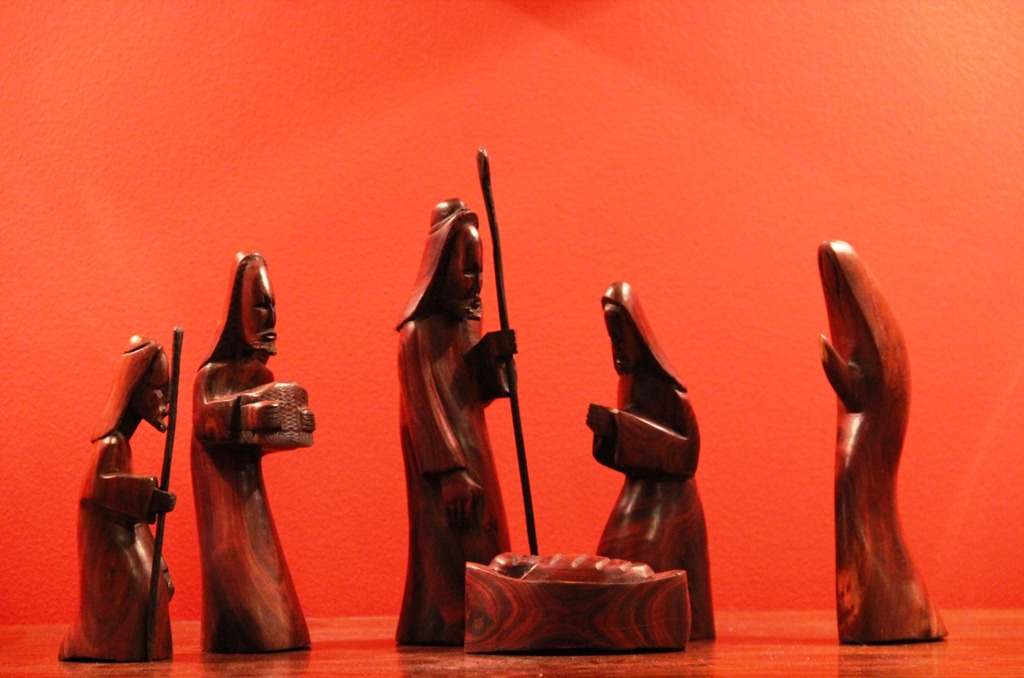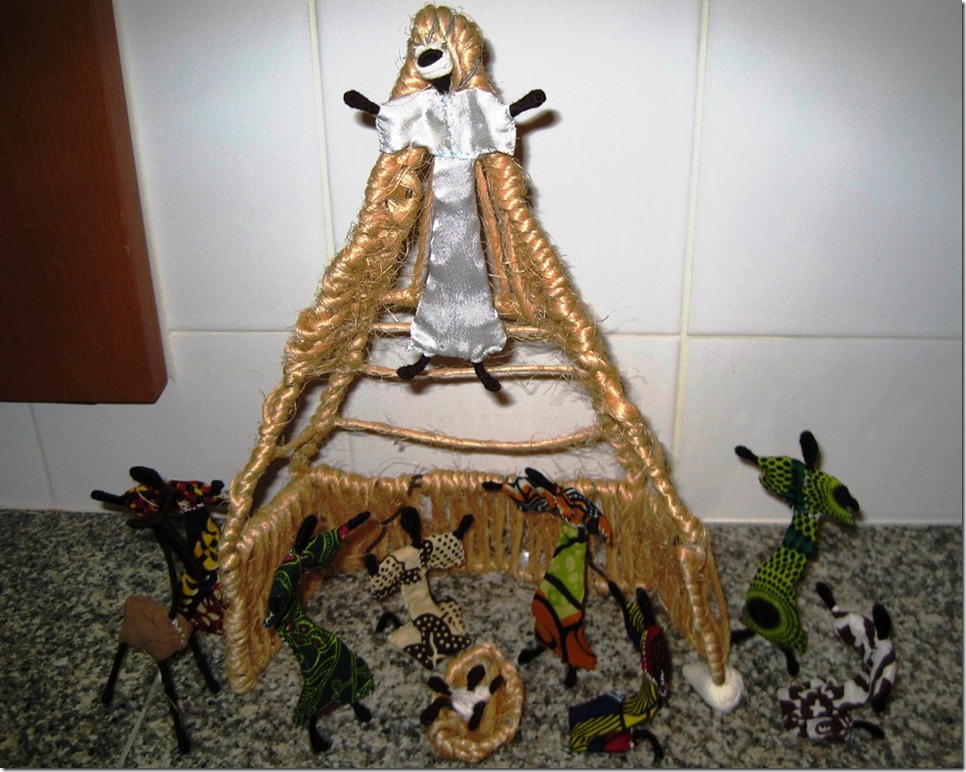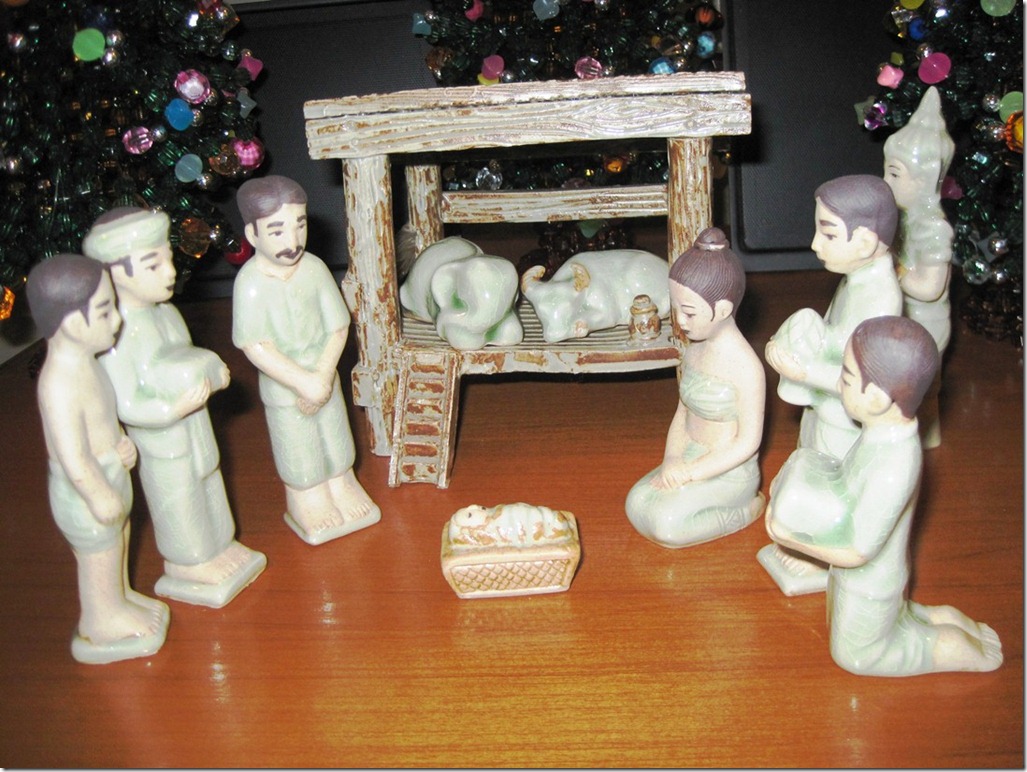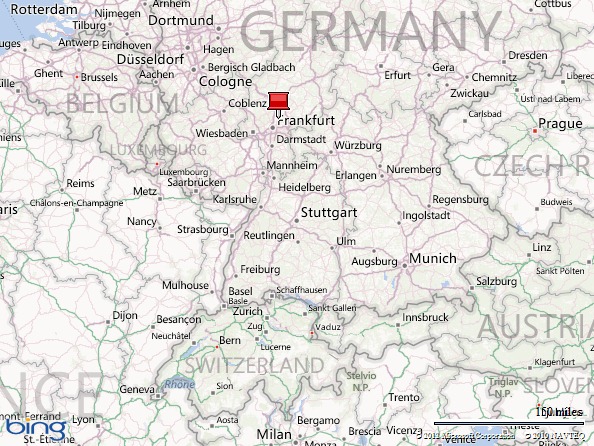This is the fifth installment of a story chronicling my travels in 1994 as a college student. The six-month journey took me to 20 countries in Europe and Asia.
My journey from Frankfurt, Germany to Graz, Austria by train was filled with experiences that I will never forget—meeting interesting people, carrying an insane amount of baggage after my luggage carrier broke, and watching a mix of scenery pass by the window that left me feeling both satisfied and disappointed. This, after all, was my first trip to Europe, and I thought the landscape would fit my expectations. The train trip from Frankfurt’s main train station, the Hauptbahnhof, on February 28 lasted one and a half days with stops and transfers in München (Munich) and Rosenheim, Germany and Salzburg and Bischofshofen, Austria.
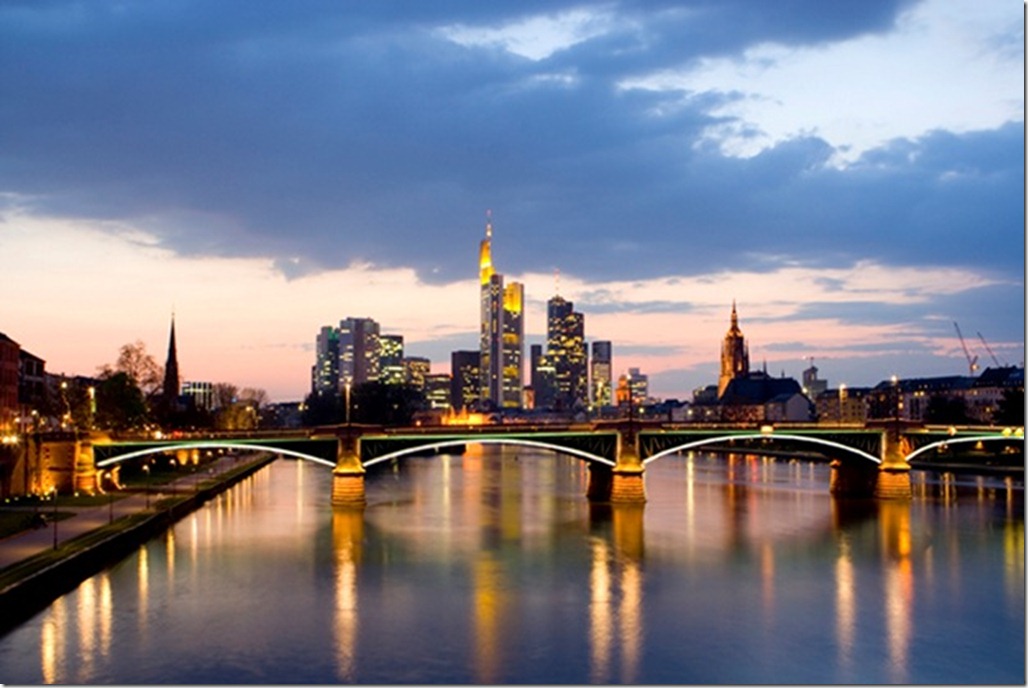
When I planned my itinerary, I decided to travel by train because I’d heard the rail system in Europe was one of the best options for point-to-point travel in a continent compact enough to traverse in a matter of days. I bought a Europass in the United States that let me travel around most of Europe for a couple weeks. A poor college student, I was grateful that I could be mobile for a pittance. At the time, before the advent of no frills discount airlines, rail was the only practical way to experience Europe on the cheap.
I made arrangements with my German friend Brigitte to spend one night with her family in Rosenheim and hopped on a slow-moving train to her berg about 60 kilometers from Munich. Brigitte and I had written to each other for several years as pen pals exchanging stories of life in America and Germany, but we had never met in person, and I was looking forward to a glimpse of the life she shared in her letters. She wrote me in nearly flawless English, but I would soon find out whether we would be able to communicate.
Without a shower and paltry sleep for the last two days, my jet-lagged body cried out for relief as I waddled through Frankfurt’s Hauptbahnhof with my luggage in tow and Europass in hand. My mind screamed for a bathroom and a bed, but time marched on toward my evening departure. The bags weighed me down like oversized balls and chains with two duffle bags slung over each shoulder and an overstuffed suitcase smacking my heels and the ground. I felt the unforgiving urge to find a toilet minutes before the train departed, but to my misfortune, I discovered that the only W.C. (or “vay-say,” as they say in Germany) in the train station was located in the farthest corner of the basement. My immobility and imminent departure kept me rooted to the platform. I tap danced to get my mind off the uncomfortable feeling gnawing at my abdomen.
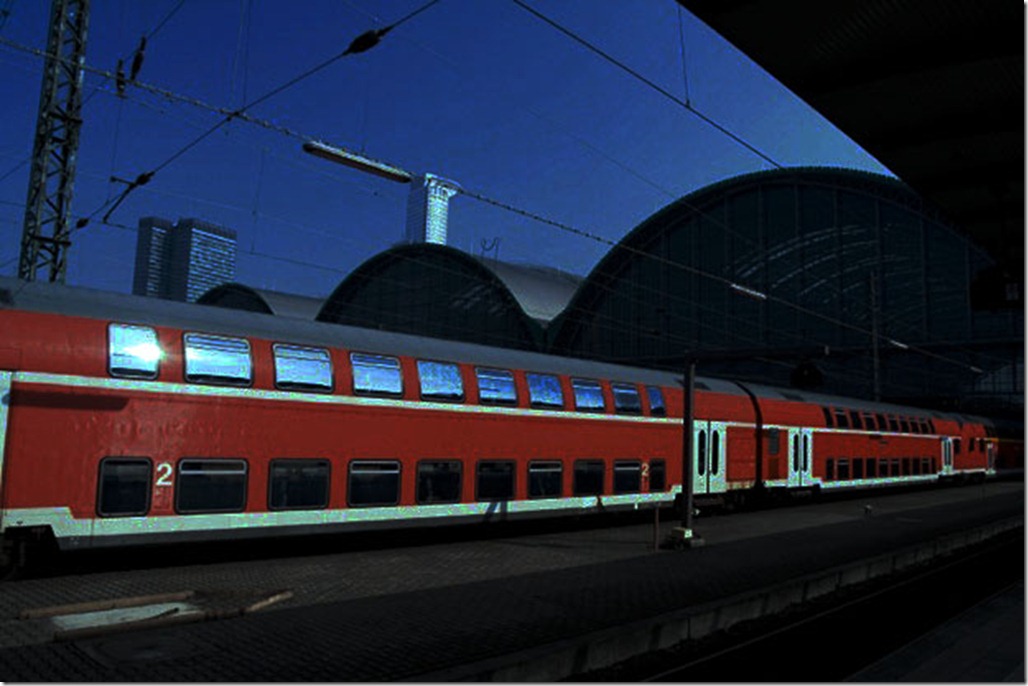
When the InterCity high-speed train bound for Munich pulled into the station, I tried to board as quickly as possible, but my ticket relegated me to second class at the rear of a long line of train cars. The ones nearby were reserved for first-class passengers. I jogged along the platform with luggage flailing behind me to the rear of the train in a 100-yard dash around a crowd of bystanders that would have impressed any obstacle course enthusiast. The hiss of stream and shrill whistle signaled that the train was leaving as I approached my assigned car. My teeth gripping my ticket, I jumped aboard as the impatient engine began to pull away from the station. I leaned on my bags piled against the wall next to the W.C. and chuffed with relief, catching my breath. I made it!
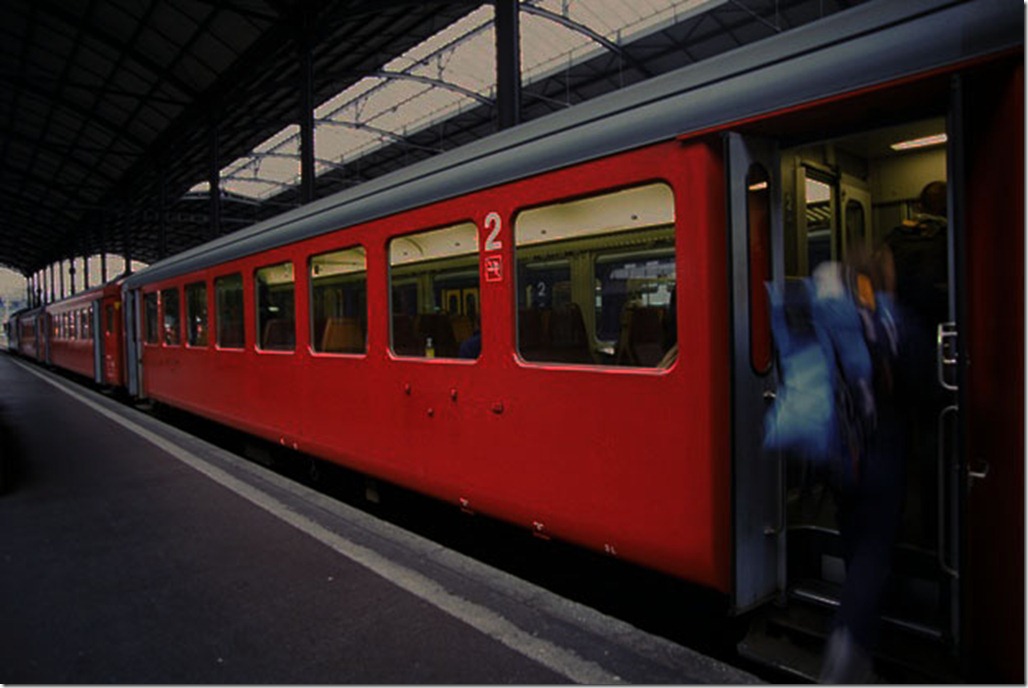
My victory was short-lived when I peered into the adjacent passenger cars and saw that every seat had been taken. I would have to stand or sit on the grimy floor in the breezeway for who knew how long.
As the train made stops at stations from Stuttgart to Regensburg, passengers began to file in and out and pushed me aside in their harried rush to reach their destinations. About half way to Munich, I managed to snag a seat in one of the rail cars and hoisted my luggage into the rack above, leaving my jacket in the seat to stake my claim. Rummaging for my toiletries, I commandeered the W.C. and transformed it into a makeshift grooming parlor. I did my best to clean up as the rails jostled the small space and sent me swaying back and forth. The face looking back at me in the mirror was that of a vagabond with red eyes, ruddy complexion, and the start of a beard that looked like patchy scruff. I looked like hell. Not a good first impression for Brigitte’s family. I fished out my shaver and tossed it back when I realized it needed a European-style electrical plug adapter. My American one was useless.
Hunger drove me to search for something to eat. I stumbled to the dining car but headed back to my seat empty-handed when I noticed a hamburger cost U.S.$7.00 in deutschmarks and drinks $3.00. Instead, I nibbled on some snacks I packed for the trip. The sacrifice saved some money but didn’t satiate the unfulfilling feeling gnawing at me. The glamour of European travel diminished with each crunch in my mouth.
I stewed in my seat as the train blew through the German countryside that I could not see except for the faint twinkle of lights, recounting in my mind what had gone awry since I touched down in Europe. Regret that I had bought an unwieldy suitcase and two overstuffed duffle bags instead of a backpack fell heavy on me. The reality of moving from station to station and train to train with such bulk blew away my assumption that I was on a one-way trip to student life abroad. I would have been better off a penguin herding my progeny.
I dozed off as the monotonous sound of the train wore on, broken only by the abrupt screeching and sudden silence that came with each station stop. I counted them like sheep as they passed one after another on the way to Munich, careful not to fall into a deep sleep and miss my connection. The stretched cloth-covered chair that barely reclined would be my bed for the night, a rare opportunity to rest before arriving in Rosenheim late in the evening. Who knew whether Brigitte would be there to meet me. We had spoken briefly on the phone to confirm my visit a couple weeks before I left the states; that promise seemed tenuous now after my recent misadventures.
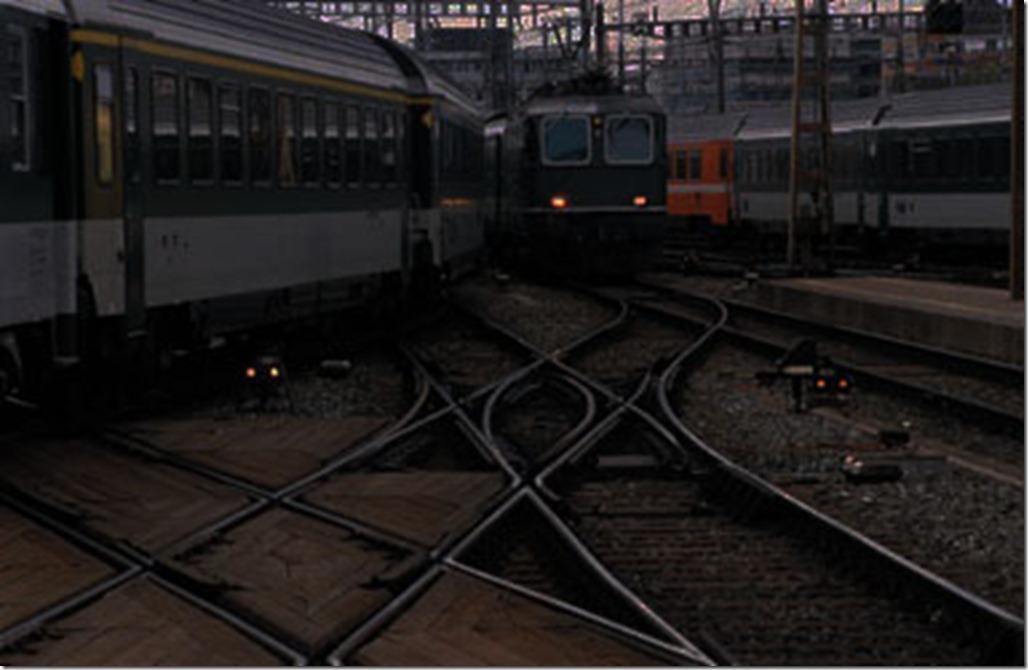
To be continued.
Previous installments of Eurasia
1. Leaving America
2. Vancouver to Frankfurt
3. Adventures in Frankfurt (Part One)
4. Adventurers in Frankfurt (Part Two)
Images courtesy of Microsoft.

M.G. Edwards is a writer of books and stories in the mystery, thriller and science fiction-fantasy genres. He also writes travel adventures. He is author of Kilimanjaro: One Man’s Quest to Go Over the Hill, a non-fiction account of his attempt to summit Mount Kilimanjaro, Africa’s highest mountain, a collection of short stories called Real Dreams: Thirty Years of Short Storiesand Alexander the Salamander, a children’s story set in the Amazon. His books are available to purchase as an e-book and in print from Amazon.com and other booksellers. He lives in Bangkok, Thailand with his wife Jing and son Alex.
For more books or stories by M.G. Edwards, visit his web site at www.mgedwards.com or his blog, World Adventurers. Contact him at me@mgedwards.com, on Facebook, on Google+, or @m_g_edwards on Twitter.
© 2012 Brilliance Press. All rights reserved. No part of this work may be reproduced or transmitted without the written consent of the author.



